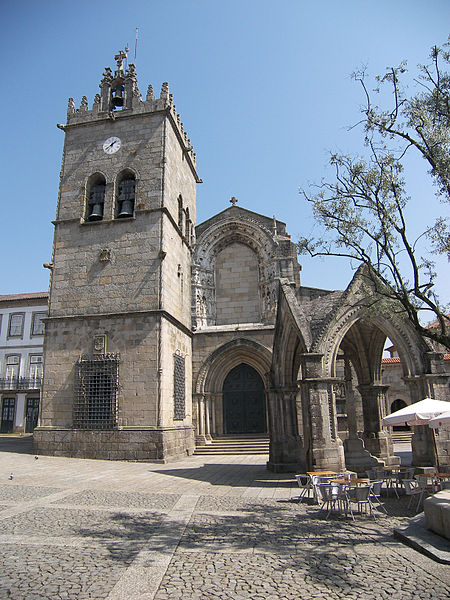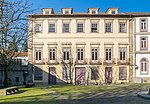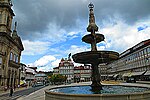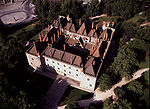Igreja de Nossa Senhora da Oliveira (Guimarães)
Buildings and structures in GuimarãesChurches in Braga DistrictNational monuments in Braga DistrictPortuguese church stubs

Igreja de Nossa Senhora da Oliveira is a collegiate church in Guimarães, Portugal. It is classified as a National Monument.
Excerpt from the Wikipedia article Igreja de Nossa Senhora da Oliveira (Guimarães) (License: CC BY-SA 3.0, Authors, Images).Igreja de Nossa Senhora da Oliveira (Guimarães)
Largo da Oliveira, Guimarães
Geographical coordinates (GPS) Address Nearby Places Show on map
Geographical coordinates (GPS)
| Latitude | Longitude |
|---|---|
| N 41.442777777778 ° | E -8.2927777777778 ° |
Address
Padrão do Salado
Largo da Oliveira
4800-000 Guimarães (Oliveira, São Paio e São Sebastião)
Portugal
Open on Google Maps











